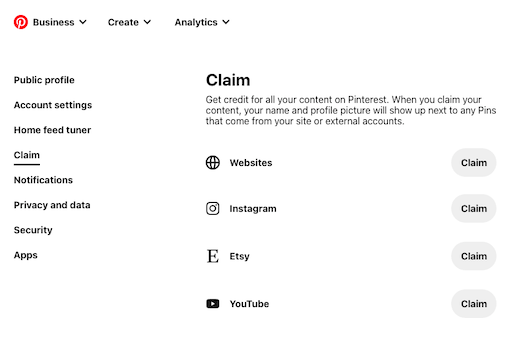Formal Ways To Say I Hope Everything Is Going Well

Crafting Sincere and Professional Messages: Formal Ways to Express Good Wishes
- Crafting Sincere and Professional Messages: Formal Ways to Express Good Wishes
Having the right words to convey good wishes formally is essential in professional communication. Whether you’re reconnecting with a colleague, reaching out to a client, or corresponding with a superior, using the correct language can strengthen your relationship and enhance the tone of your interaction. This article provides various formal ways to say “I hope everything is going well” by integrating courteous and respectful language suitable for any professional setting.
Understanding the Importance of Tone in Professional Communication
Before delving into the different phrases, it’s crucial to recognize the role of tone in professional communication. The tone should always match the level of formality expected within your industry and correspond to your relationship with the recipient. A well-crafted message can promote goodwill and reflect positively on your professionalism.

Formal Alternatives to “I Hope Everything Is Going Well”
Greetings in Professional Correspondences

Below are several formal alternatives to the typical “I hope everything is going well” that you can use at the beginning of your correspondences:
- Trusting All is Well
- Wishing You a Productive Day
- Expressing My Well Wishes
- Extending Cordial Regards
Trusting All is Well

- Example: “Dear [Recipient’s Name], I trust all is well with you and your esteemed team.”
Wishing You a Productive Day
- Example: “Good morning [Recipient’s Name], I am wishing you a productive and successful day ahead.”
Expressing My Well Wishes
- Example: “Dear [Recipient’s Name], I am expressing my well wishes to you and your department.”
Extending Cordial Regards
- Example: “Dear [Recipient’s Name], I am extending my cordial regards, hoping that all is progressing well.”
Checking In With a Contact
If your message is more of a follow-up or check-in, consider these formal openings:

- Enquiring About Your Well-Being
- Awaiting News of Your Progress
- Inquiring About Your Recent Endeavors
- Hoping for Positive Developments

Enquiring About Your Well-Being
- Example: “Dear [Recipient’s Name], I am enquiring about your well-being and looking forward to hearing about your latest achievements.”
Awaiting News of Your Progress
- Example: “Dear [Recipient’s Name], I am eagerly awaiting news of your progress with the recent project initiatives.”
Inquiring About Your Recent Endeavors
- Example: “Dear [Recipient’s Name], I hope this message finds you well; I am curious to learn more about your recent endeavors.”
Hoping for Positive Developments
- Example: “Dear [Recipient’s Name], I am hoping for positive developments in your current projects.”
Offering Continued Support
For those correspondences where you want to offer support or encouragement, you might consider the following phrases:
The Best Voip Auto Attendant Features
- Offering My Best Wishes for Your Success
- Assuring You of My Continued Support
- Encouraging Your Ongoing Efforts
Offering My Best Wishes for Your Success
- Example: “Dear [Recipient’s Name], I am offering my best wishes for your continued success in all your ventures.”
Assuring You of My Continued Support
- Example: “Dear [Recipient’s Name], please be assured of my continued support for the impressive work you are undertaking.”
Encouraging Your Ongoing Efforts
- Example: “Dear [Recipient’s Name], I encourage you to maintain your outstanding efforts, and I look forward to witnessing the outcomes.”
Louboutin Cabata Tote Bag Review
Conclusion: The Subtle Art of Formal Good Wishes
Employing a diverse range of expressions can demonstrate your linguistic finesse and shows that you value the relationship with your recipient. By choosing your words wisely, you not only convey well wishes but also reinforce your professional touch in all written communications.
In closing, remember that personalization carries a significant weight. While the phrases above serve as templates, they should be tailored to reflect the specific nature of your relationship and the context of your message’s content. Always aim for sincerity—a genuine message is far more impactful than a by-the-book formality.






